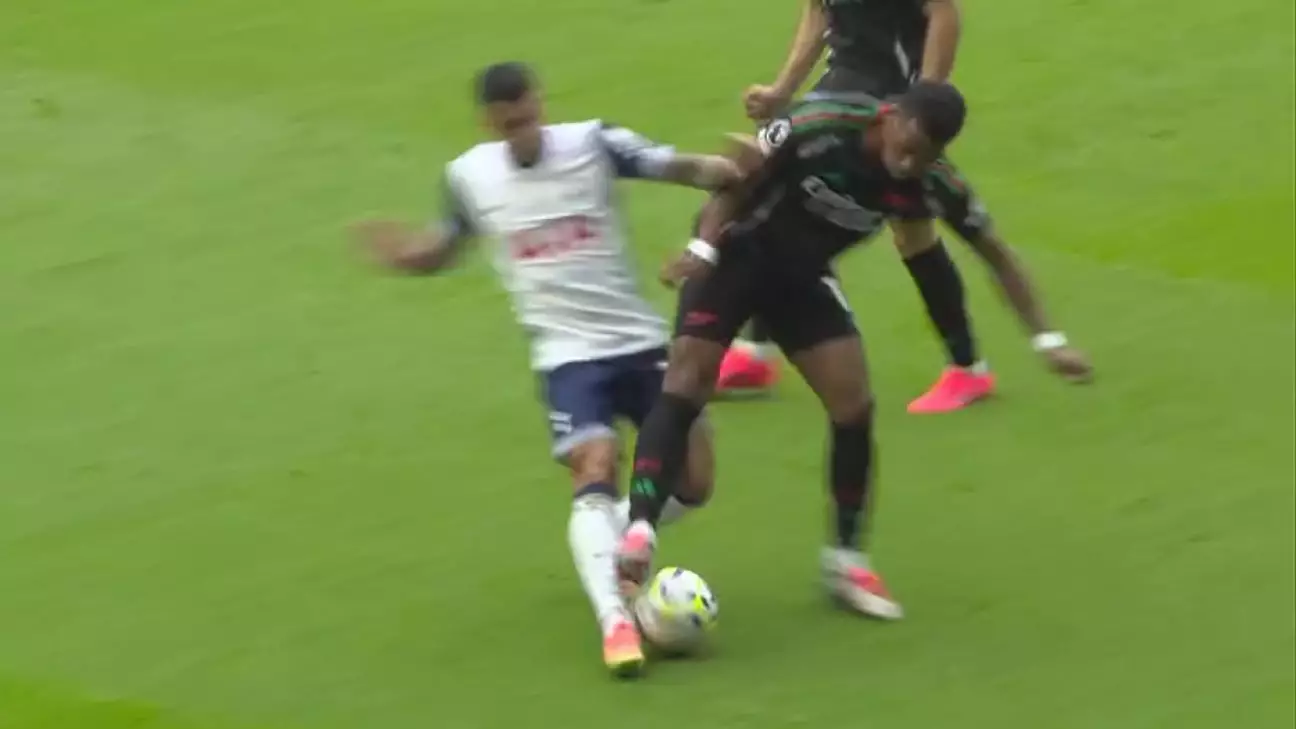The implementation of the Video Assistant Referee (VAR) in the Premier League has undoubtedly sparked a barrage of debates in the realm of football. Each week, it seems, there is a fresh controversy surrounding the use, or misuse, of this technology. Critics argue that despite its intentions to enhance fairness, VAR’s interpretations and decisions frequently lead to confusion and frustration among players, coaches, and fans alike. In this article, we will dissect some recent contentious VAR scenarios, investigate how officiating decisions are derived, and analyze the implications of these rulings.
VAR operates under specific protocols and the Laws of the Game, yet the nuances of decision-making can create disparity. Every televised match comes with the potential for intervention; however, not every minor incident merits a VAR review. Instead, technology is utilized for “clear and obvious errors” in cases of goals, penalties, direct red card incidents, and mistaken identity. This threshold for intervention is critical, as judgments often depend on the subjective views of both on-field referees and the VAR officials assigned to the match.
A recent match involving Jurriën Timber and Pedro Porro highlighted how fine the margins can be. Timber’s challenge, though it drew a yellow card, was subjected to VAR scrutiny. The VAR official, Stuart Attwell, upheld the original decision, citing that Timber’s challenge did not constitute excessive force. Contrasting this with Curtis Jones’ red card from the previous season exposes the intricacies of officiating. In that earlier incident, Jones’ tackle had the element of leading studs and greater angular danger. This comparison illustrates how slight variations can lead to vastly different outcomes in officiating decisions.
Another point of contention arises with handball and offside calls, which are often perceived as subjective and sometimes ill-defined. In a recent match, Kai Havertz’s close-range effort rebounded off Cristian Romero’s arm. The VAR verdict—no penalty—stemmed from Romero’s arm being in a natural position as well as the ball’s trajectory being influenced by a teammate. Given the quick-paced nature of football, these judgments can appear arbitrary, prompting queries around the standardization and clarity of handball laws. Critics argue that current guidelines occasionally favor ambiguity, necessitating a revision for better consistency in enforcement.
Crystal Palace’s moment of joy was marred by the fallout of a closely contested offside goal that left Leicester City boss Steve Cooper particularly agitated. Upon conducting a VAR check, the goal was valid, yet the uncertainty surrounding the technological frameworks utilized to assess offside boundaries created significant dissatisfaction. As the Premier League prepares to transition to semiautomated offside systems, questions linger about the implementation of two varying standards within the same season. The upcoming adjustments are aimed at refining the accuracy of offside calls and may potentially alleviate some frustrations experienced under the current interpretations.
Many VOI instances evoke frustration and reflection on the much-maligned aspect of human error in officiating. Take, for example, the Aston Villa equalizer off a potential offside situation stemming from an unintentional play by a defender. The decision upheld by VAR centered on whether a player being marginally offside could be held accountable for inadvertently contributing to an opponent’s error. While the ruling favored a goal, it gives rise to the perception that the attacking team can gain undue advantage from an offside position.
The ramifications of VAR decisions extend beyond the technicalities of play; they impact team morale and can shape the trajectory of a season. An example of this was Jack Stephens’ sending-off, which initially drew skepticism but, upon review, proved to be justified. Yet the nature of human interpretation can still influence opinions. Decisions often linger in media discussions and fan forums, providing fertile ground for debate about the nature and consistency of officiating.
As the Premier League endures controversies surrounding VAR, there is an evident need for a reset in how these rulings are communicated and perceived. While technological advancements aim to better the officiating experience, the human element remains inseparable from football. Inconsistent applications give rise to emotional responses and can lead to questions about fairness among competing teams.
The conversation surrounding VAR is not merely about technology; it involves a critical examination of how football as a sport navigates these profound changes. As the landscape of officiating continues to evolve, one must appreciate the balance that sits between technology and the artistry of the game where human referees will always retain an essential role. Finding equilibrium in these realms is crucial to restoring confidence in the sport’s integrity, ensuring that all stakeholders feel heard and respected in this beautiful game.

